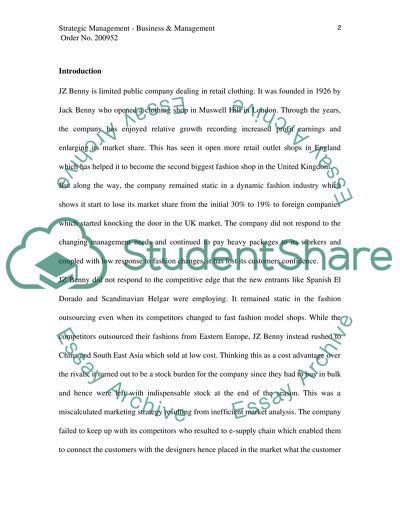Cite this document
(“Strategic Management - Business & Management Essay”, n.d.)
Strategic Management - Business & Management Essay. Retrieved from https://studentshare.org/miscellaneous/1543996-strategic-management-business-management
Strategic Management - Business & Management Essay. Retrieved from https://studentshare.org/miscellaneous/1543996-strategic-management-business-management
(Strategic Management - Business & Management Essay)
Strategic Management - Business & Management Essay. https://studentshare.org/miscellaneous/1543996-strategic-management-business-management.
Strategic Management - Business & Management Essay. https://studentshare.org/miscellaneous/1543996-strategic-management-business-management.
“Strategic Management - Business & Management Essay”, n.d. https://studentshare.org/miscellaneous/1543996-strategic-management-business-management.


